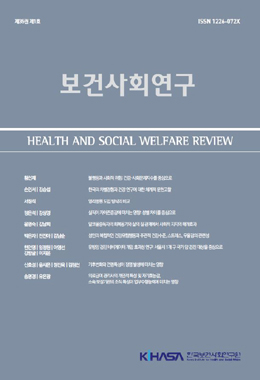Theoretical Background and Purpose of Study
In 1967 Frankenburg and Dodds introduced a new developmental screening test for infants and preschoolers between the ages of 2 weeks and 6.4 years as a clinical simple tool. The major purpose of this new screening instruments was to detect the development in four functional sectors of development; gross motor, fine motor, language and personal-social.
A delay in any one of the four subtest sectors was indicated when the child was not to pass an item which more than 90 percent of children his chronological age were able to do.
This study was conducted to obtain the data in rural children of Korea and compare this with the developmental norms of DDST and so if the DDST was available in Korea.
Subjects consisted of 609 children who were bom on from July 1,1984 to December 31, 1985 ranging in age from 6 months to 24 months, residing in the townships.
Each subject was assessed on the DDST by a trained examiner.
Results
The performance of 609 children on the DDST was as follows.
1) normal performance (no developmental delay): No. of 435 children
2) questionable (meaning that he had a delay in one subtest item or failed to pass at least one item in each sector) : No. of 124 children
3) serious delay (two or more delays on items in any one sector) : No. of 50 children
2. The chi-square analysis of the distribution of the sample between the characteristics of pregnancy and DDSP`s result is not significant.
3. But for father`s educational level, the chi-square value is 15, 65, which is significant at less than 0.05.
4. Serious delayed and questionable children on the DDSTs result must be made pediatric and neurologic follow-up studies, to determine exactly how many false positives and false negatives might actually exist over an extended period of time.




